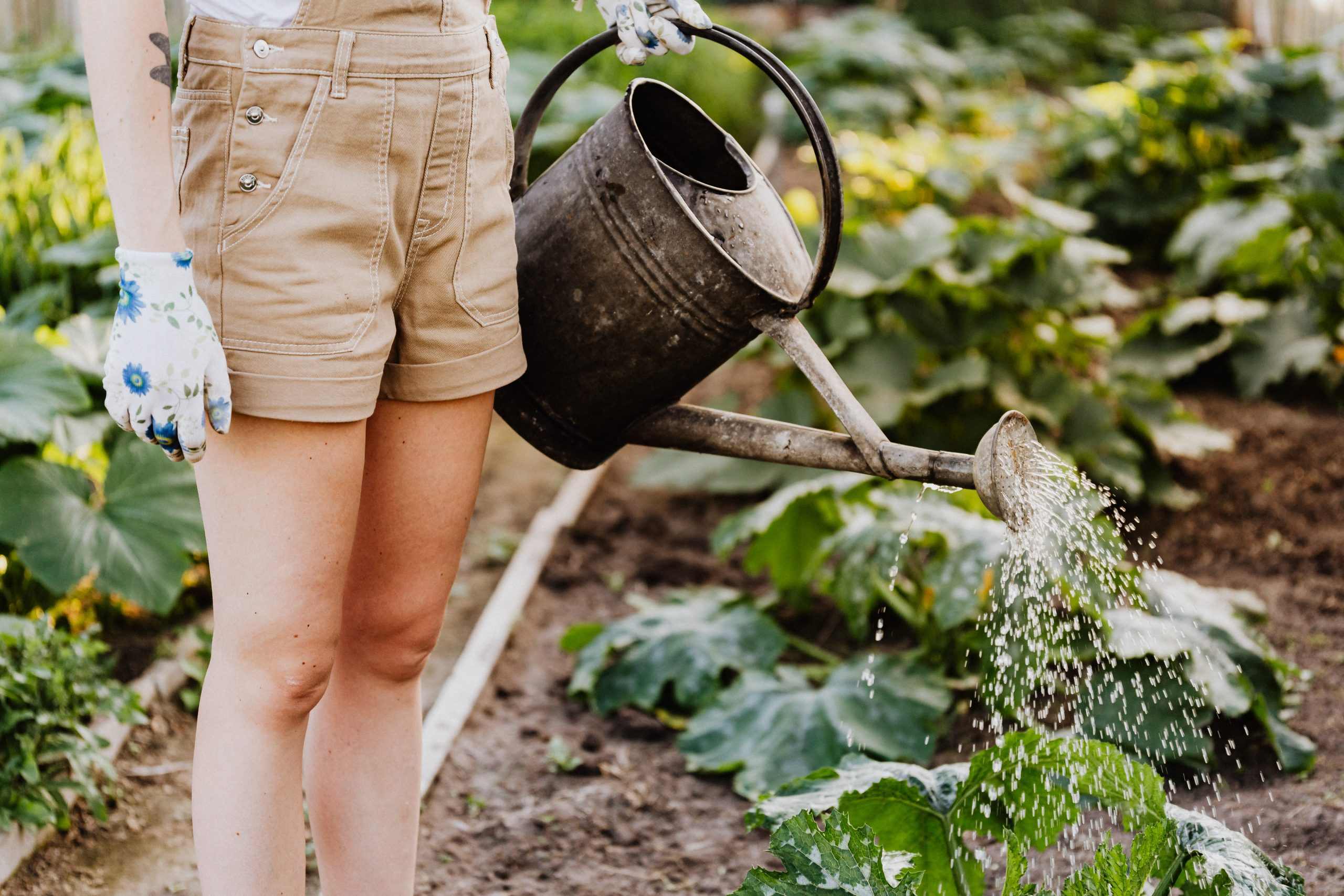General Plant Care
The In’s & Out’s of Getting Started
You want to start a garden, or add some flowers to your yard or house. You’ve come to the right place. Some tell me I think too much, I just want to know everything I’m getting myself into before I commit. I hate surprises. As you start to plan out what you want to do, or what you’re interested in take the following into consideration.
- Light
- Weather
- Space
- Indoor/outdoor
- Pets
- Cost
- Time
Plan Out Your Space
Light
First things first to plant care is to understand the available habitat. Consider the sun pattens available around the yard, or inside your home. This will impact the type of plants you can grow. There is a range of the amount of light for plants. Some plants like bright areas without direct sunlight, while others like morning light – up to 6 hours worth, and others like all the sun they can get.
Depending on the strength of the sun where you live take these definitions with a grain of salt. The Arizona sun will kill just about anything, so even though it says the plant likes full sun, you still have to be careful. Plants can also grow into being heartier over time. I’ve had to do this with a lot of the succulents that I grow. The plant will almost completely die and then it will grow with a new round of stems and leaves and thrive.
Bright rooms indoors usually consist of rooms that face the sun and aren’t in shadow. The room itself doesn’t need to have sunbeams pouring through, sometimes that helps, and sometimes it hurts. Again, in Arizona the sun can kill a plant in the windowsill if it gets direct sunbeams. I want an herb box around my kitchen sink, but I can’t do it, the sun burns all the moisture out of the soil too quickly. But I have a lily that died in 1 room and came back to life in the other, which was just on the other side of a half wall.
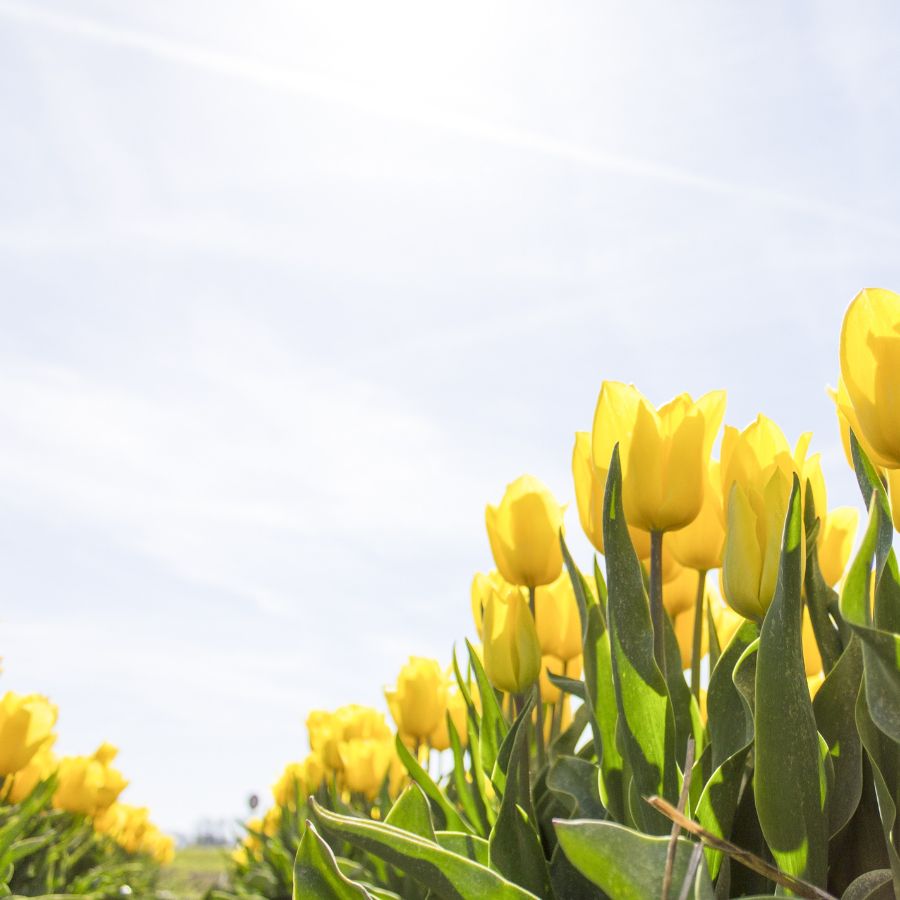
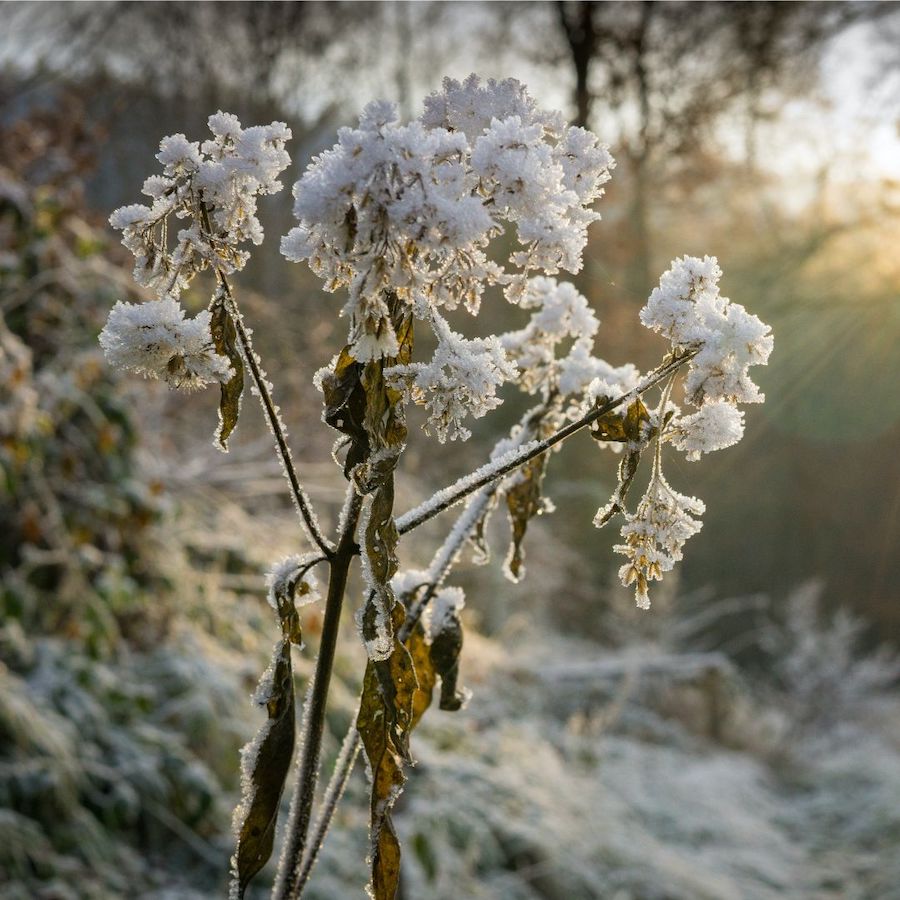
Weather
First and foremost, USDA has a heat map outlining weather patterns and temperatures. The nation is divided into hardiness zones and plants do come with a number on which zones they thrive within. Check out more details here.
Humidity, also takes a toll on plant care. This impacts watering and soil moisture. Other things to consider with soil is pH levels, compactness of soil, and how water drains.
A lot of plants need a pot, or system that allows for water that doesn’t attach to the soil to drain out. When the water isn’t allowed to drain it, the water sits there until it is used. Sometimes you are not able to see how much water is built up in your pot and you can end up drowning your plant, or getting root rot. Both suck.
Space
Just like puppies, plants grow. Consider what you have space for and how you’ll be able to care for your plants long-term.
This includes are you going to use a pot, or put it in the ground? Are you building a collage of plants for a hanging planter, or desk? If you build a collage, or buy one know how large these plants will get. I’ve had collages outgrow their containers, but also overtake each other. Everything looks really cute when it is small.
The rule of thumb in plant care is whatever the distance of the roots, you need to have a deeper hole by half. Depending on what your soil is like there’s a soil layering system you can do as well when putting plants in the ground.

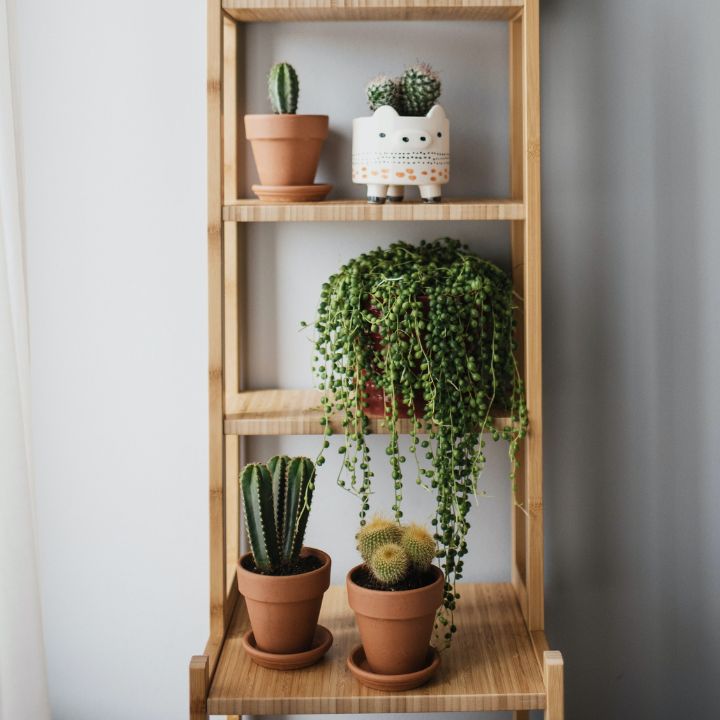
Indoor/Outdoor
There are some plants that are specific to indoor conditions and others that can handle outdoor conditions. Again, this has a lot to do with weather and temperature. Indoor conditions can obviously be controlled a lot more than outdoor conditions and don’t have a huge swing in temperature.
But, even outdoor plants have their limits. Be careful if temperatures get to freezing in your area, the soil or the roots or the plant itself can freeze. This will bring us to annual vs perennial.
Annual plants come and go with the season. Perennial plants have a better shot of making it year round. There may be specific times of the year that you will see it bloom, sometimes they will do this all on their own without any help from you. Just know if you fall in love with a flower, it may not be a long-term thing.
Pets
Many plants (indoor & outdoor) are poisonous to cats & dogs. If you have pets and want to keep them, or avoid spending outrageous vet bills, check that the plants you bring into your space are not poisonous to your pets.
You can get around this sometimes if the pant is higher off the ground and won’t sluff off leaves that can then be consumed by 4 footed friends.
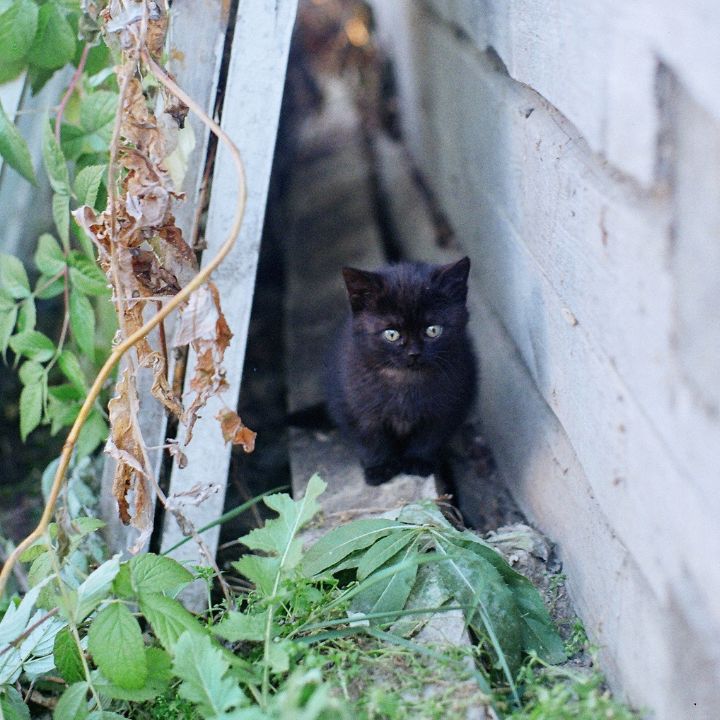
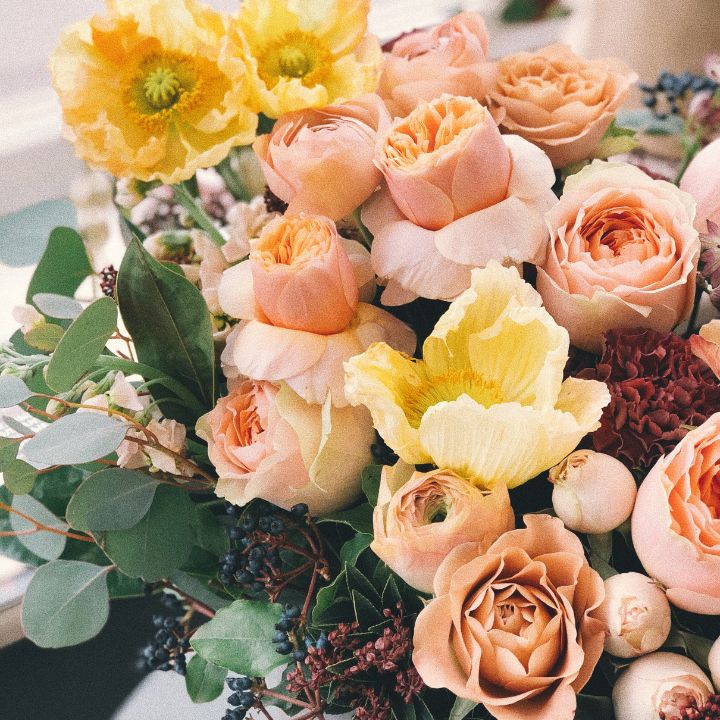
Cost
Gardening and plant care costs some coin. You will need to contain your plants, either through pots, or building garden boxes, or landscaping. Then you will need to cover the cost of your gorgeous plant. You can get some on the cheap side of things, but know the larger you go the more expensive it will get, both on the plant and the containment system.
Seeds or propagating (starting with a cutting off a living plant) can be the cheapest way to get things started. Either way you will need to be diligent in watering and sun light as roots take hold and your plant begins to thrive.
Time
If you have a busy schedule you could lose plant care time. I love this time. I am one of those people who talks to each one, I land on the side of telling them how well they’ve been growing and inspect their leaves for any signs they’re trying to give me. Leaves will tell you a lot about how your plant is faring.
A drip system is a fool proof way of keeping your plants hydrated, but not always an option for potted plants. Get a plant care system that is easy so the task won’t seem too much on days that overcome their boundaries.
On top of watering, you will need to give your plants food. I’m a big fan of Miracle Grow in my watering can. The best thing it does is grow need stems and leaves, you won’t see as much benefit in stems and leaves that are already living. Fertilizer is another option for food/nutrients, as well as composting systems.
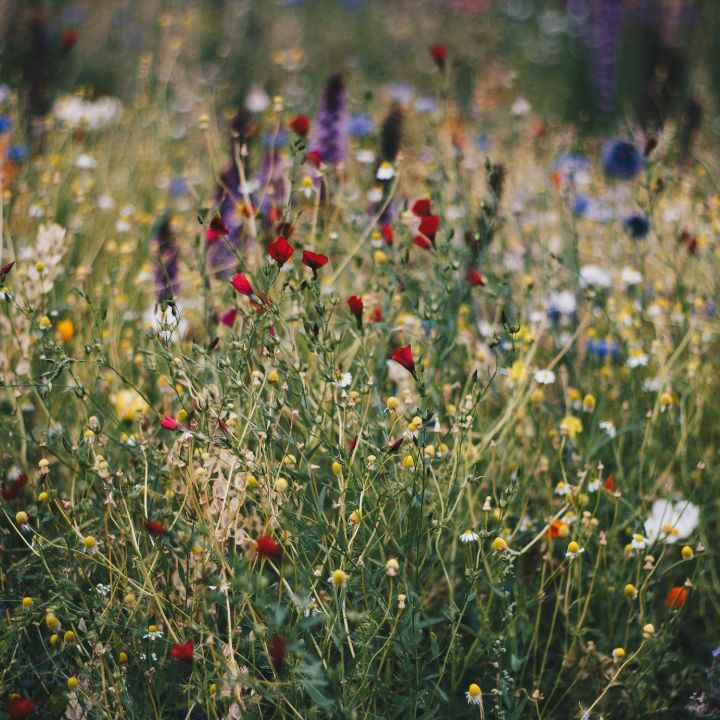
Plant Care Articles
-
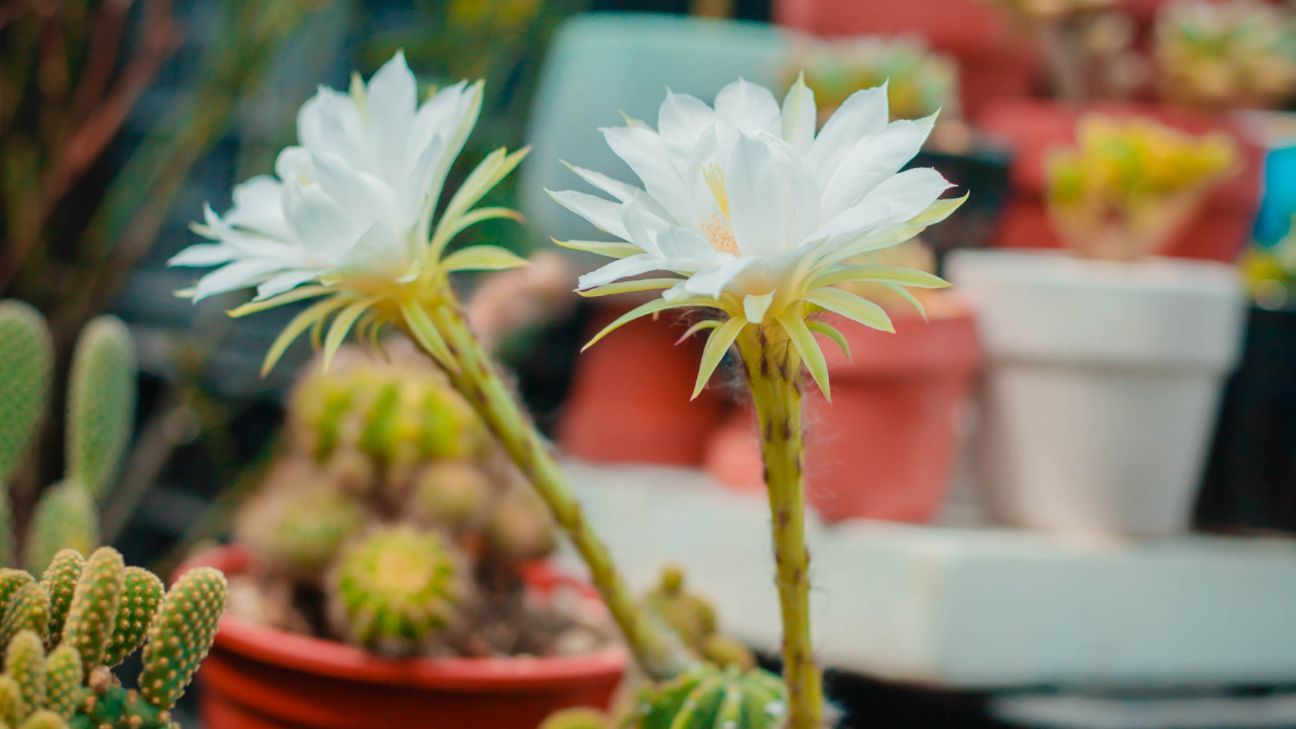
How to Care for Easter Lily Cactus
Hardiness Zone: 9-11Soil Type: Gravel-rich, water-permeable soil with a pH value of 6-7Sun Exposure: Full sunAnnual or Perennial: PerennialType: Succulent History: Easter Lily Cactus is native to Brazil and Argentina and is in the Cactaceae family. These cacti are usually rounded in form with 11- 18 ribs. This cactus likes to go dormant during the…
-

How to Care for Dogwood Trees the 13 Step Guide
Hardiness Zone: 5-9Soil Type: Dogwoods prefer moist, well-drained, acidicSun Exposure: Full sun or partial shadeAnnual or Perennial: PerennialType: Tree History: The legend holds that the tree was once very large, like a Great Oak tree, and because its wood was strong and sturdy, it provided building material for a variety of purposes. According to the…
-
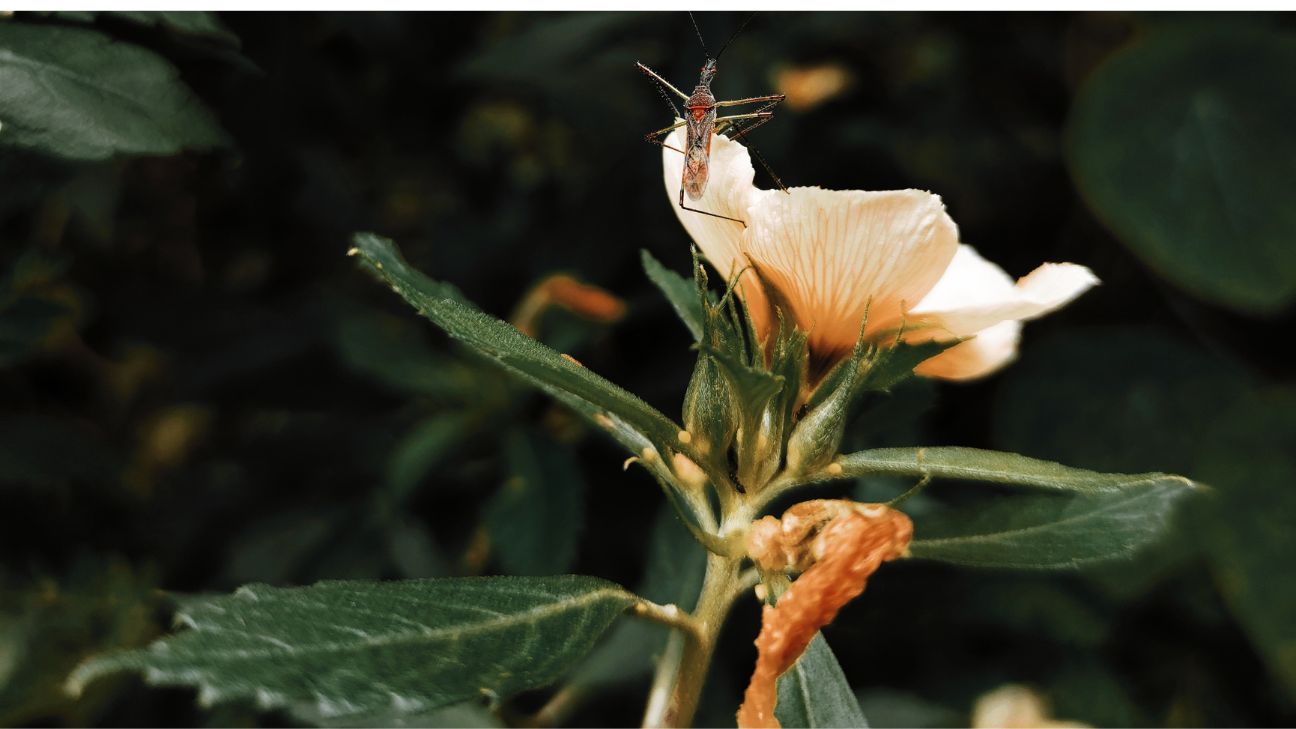
Plants that can Repel Mosquitoes & Other Insects
-
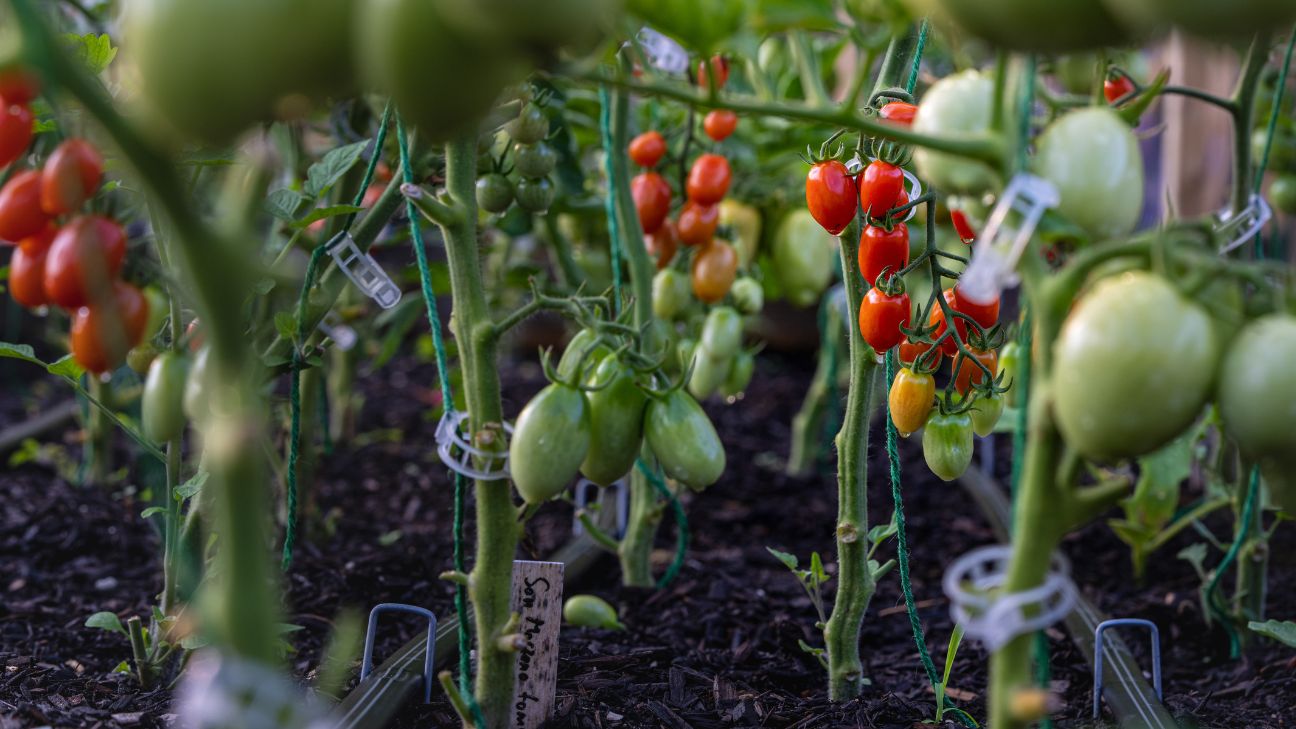
Victory Garden Plans
-
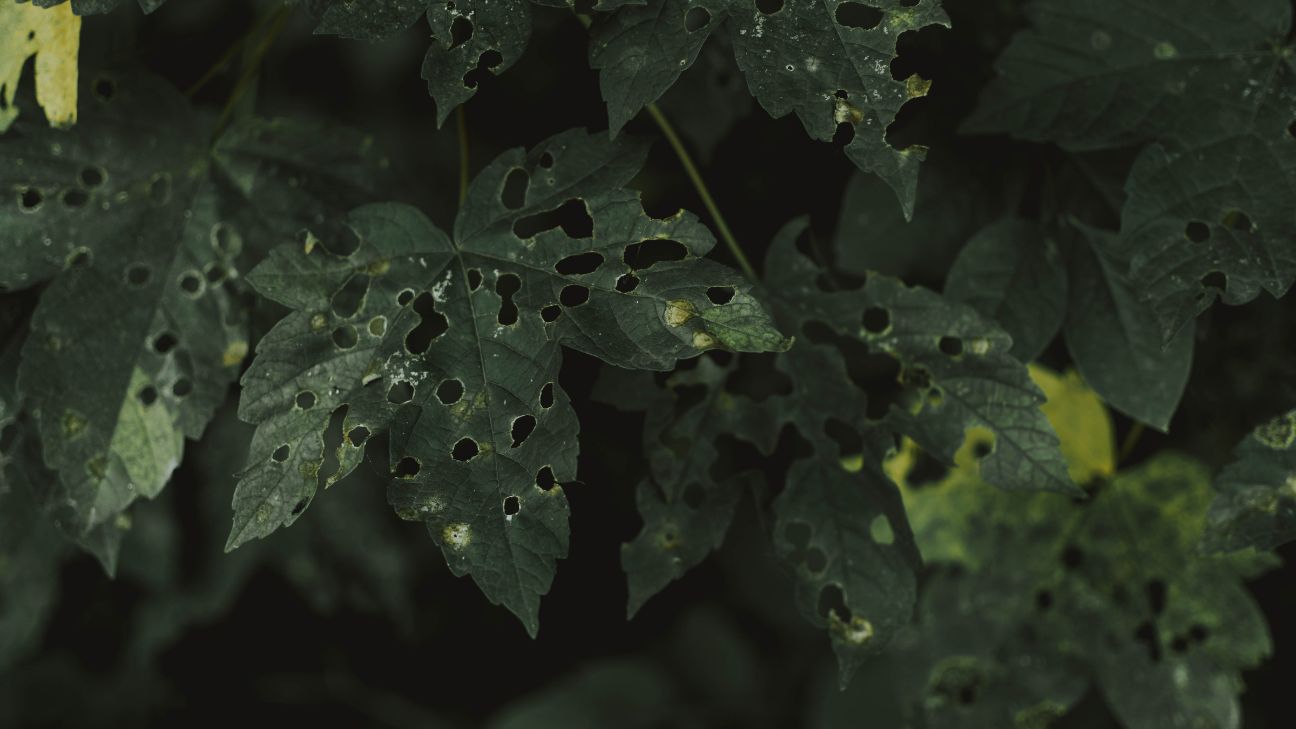
Garden Pest Control for 7 Common Pests
-
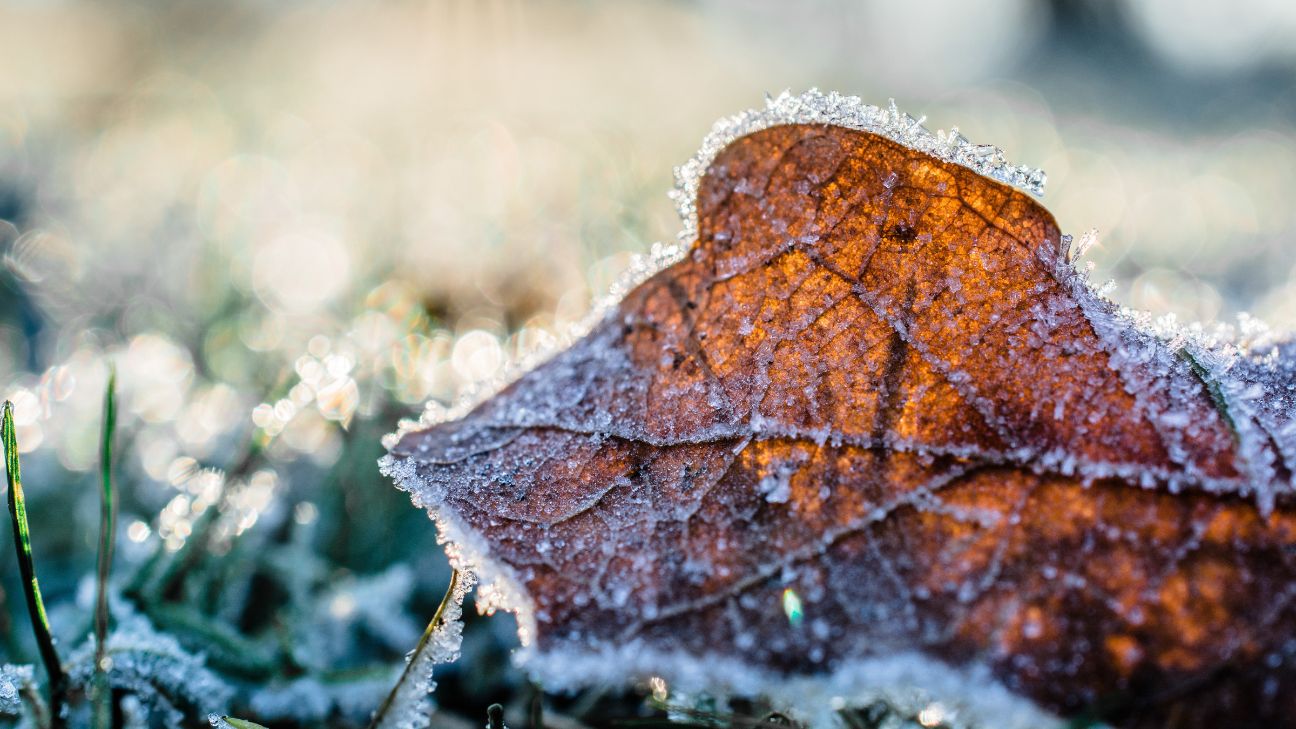
6 tips on What to do with Plants During Frost
-
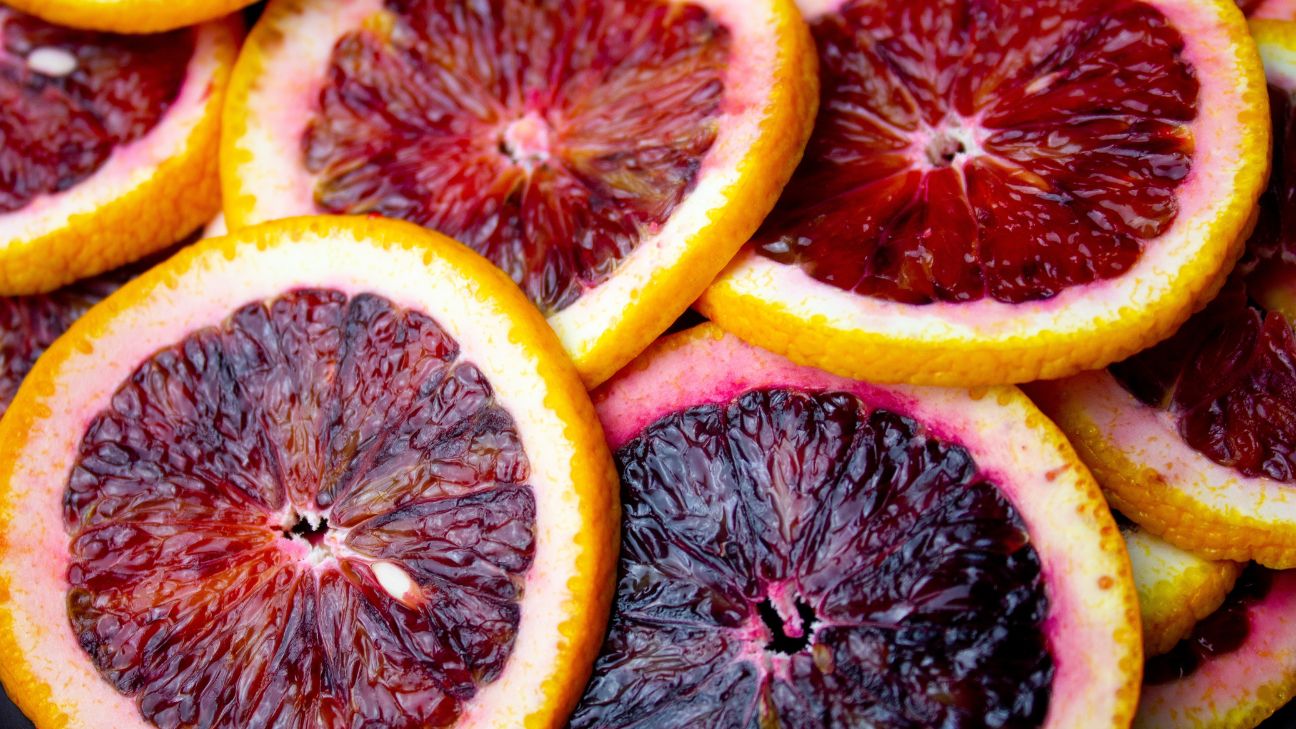
How to Care for Blood Orange Trees the 13 Step Guide
Hardiness Zone: 9-10Soil Type: Sandy, well draining, neutral to slightly acidic pHSun Exposure: Full sunAnnual or Perennial: PerennialType: Citrus tree History: The blood orange was first recorded in Sicily in the 9th and 10th centuries. Due to the succulent appearance and taste of the blood orange they were reserved for royalty. Later on blood oranges…
-

How to Care for Bamboo the 13 Step Guide
Hardiness Zone: 8-10Soil Type: Moist, fertile, and free-drainingSun Exposure: Full sunAnnual or Perennial: Evergreen PerennialType: Grass History: The first uses of bamboo was over 5,000 years ago as building material by the Chinese people who used it to build treehouses. Bamboo was next used to create paper and books from around 200 BCE-200 BCE. Between…
-

How to Care for Avocados the 13 Step Guide
Hardiness Zone: 9-11Soil Type: Loose, loamy, sandy, slightly acidic to neutral pH (5-7). Avoid poor draining or high salinity locations.Sun Exposure: Full sunAnnual or Perennial: PerennialType: Fruit tree History: The avocado tree is likely to have originated in the south-central highlands between Mexico and Guatemala. It was domesticated by the Mesoamerican tribes about 5,000 year…
-
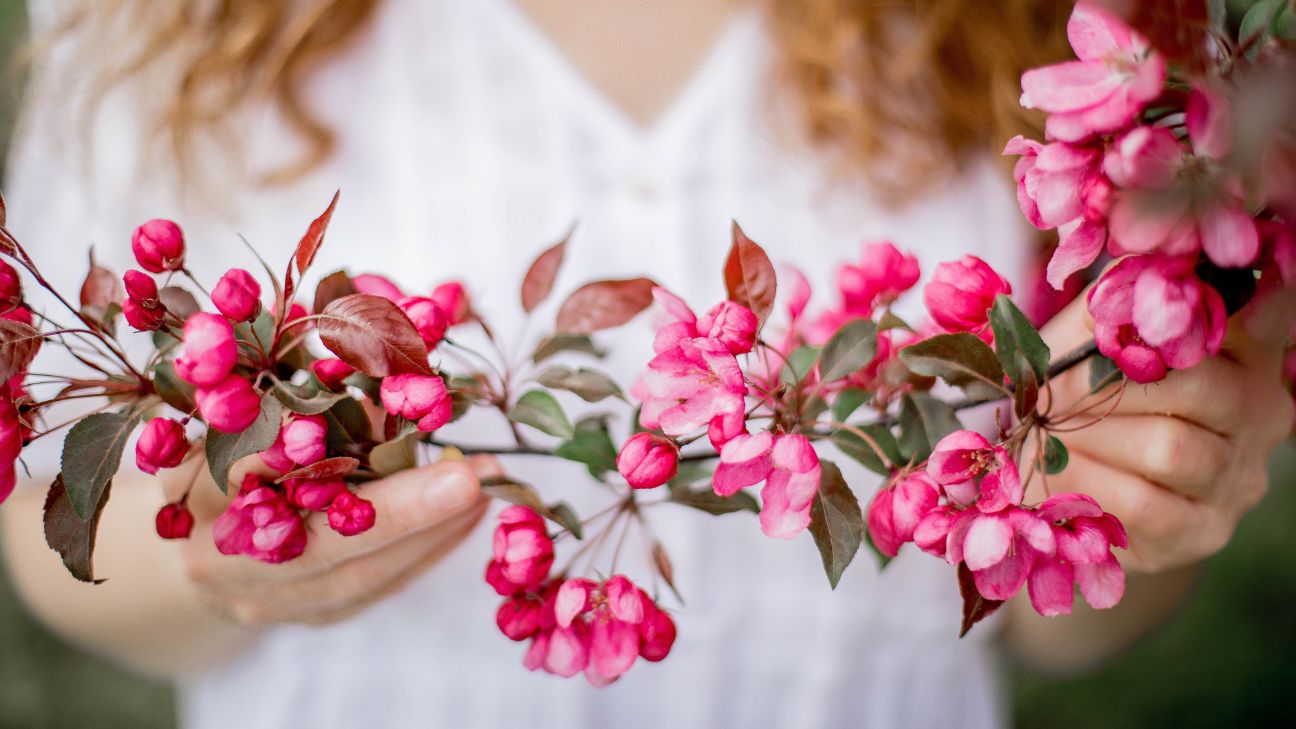
How to Care for Crabapples the 9 Step Guide
Hardiness Zone: 4-8Soil Type: Slightly acidic, rich soil with good drainageSun Exposure: Full sunAnnual or Perennial: PerennialType: Tree History: The crabapple Tree originated in the mountainous regions of Central Asia, specifically in modern day Kazakhstan. Often used for cooking flames for smoked foods, crabapple wood releases a pleasant aroma while burning very slowly. Commonly used for…
-

How to Care for Corn the 13 Step Guide
Hardiness Zone: 3-11Soil Type: Slightly acidic to neutralSun Exposure: Full sunAnnual or Perennial: AnnualType: Vegetable History: Maize, also known as corn, is a cereal grain first domesticated by indigenous peoples in southern Mexico about 10,000 years ago. The leafy stalk of the plant produces pollen inflorescences and separate ovuliferous inflorescences called ears that when fertilized…
-

How to Care for Colorado Blue Spruce, 8 Step Guide
Hardiness Zone: 2-7Soil Type: Acidic, loamy, moist, rich, sandy, well-drained and clay soilsSun Exposure: Full sunAnnual or Perennial: EvergreenType: Tree History: The Colorado blue spruce is such a delight that nature seems to have kept it a well-guarded secret for a very long time. It was not until 1862 that this spectacular species was discovered…
-
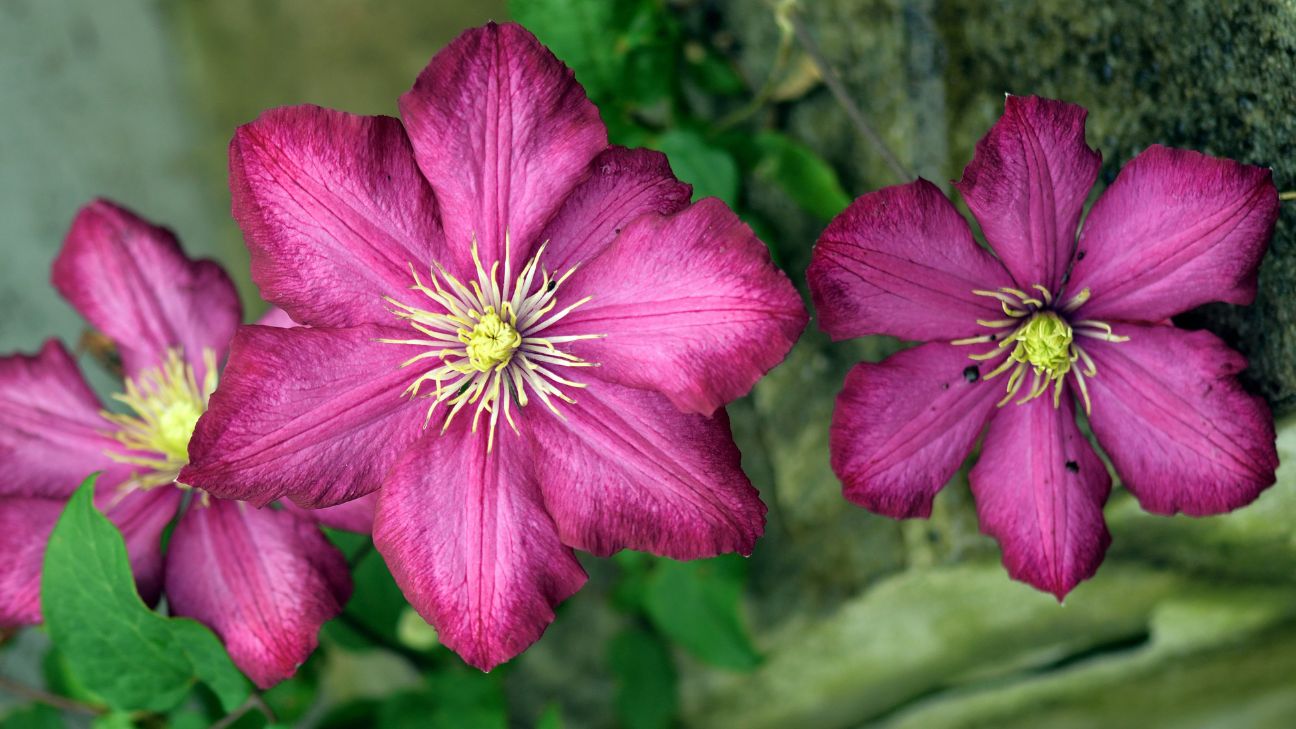
How to Care for Clematis the 9 Step Guide
Hardiness Zone: 4-9Soil Type: Slightly acidic to neutralSun Exposure: ShadeAnnual or Perennial: PerennialType: Flower History: The genus Clematis was first published by Carl Linnaeus in Species Plantarum in 1753, the first species listed being Clematis viticella.
-

How to Care for Cilantro the 11 Step Guide
Hardiness Zone: 3-8Soil Type: Slightly acidicSun Exposure: Full to partial sunAnnual or Perennial: AnnualType: Herb History: Featured in the cuisines of the Middle East, North Africa, Europe and Asia, cilantro has a culinary history dating back millennia. Its seeds were found in 8,000-year-old caves in Israel. There are ancient Sanskrit and biblical references to coriander.
-
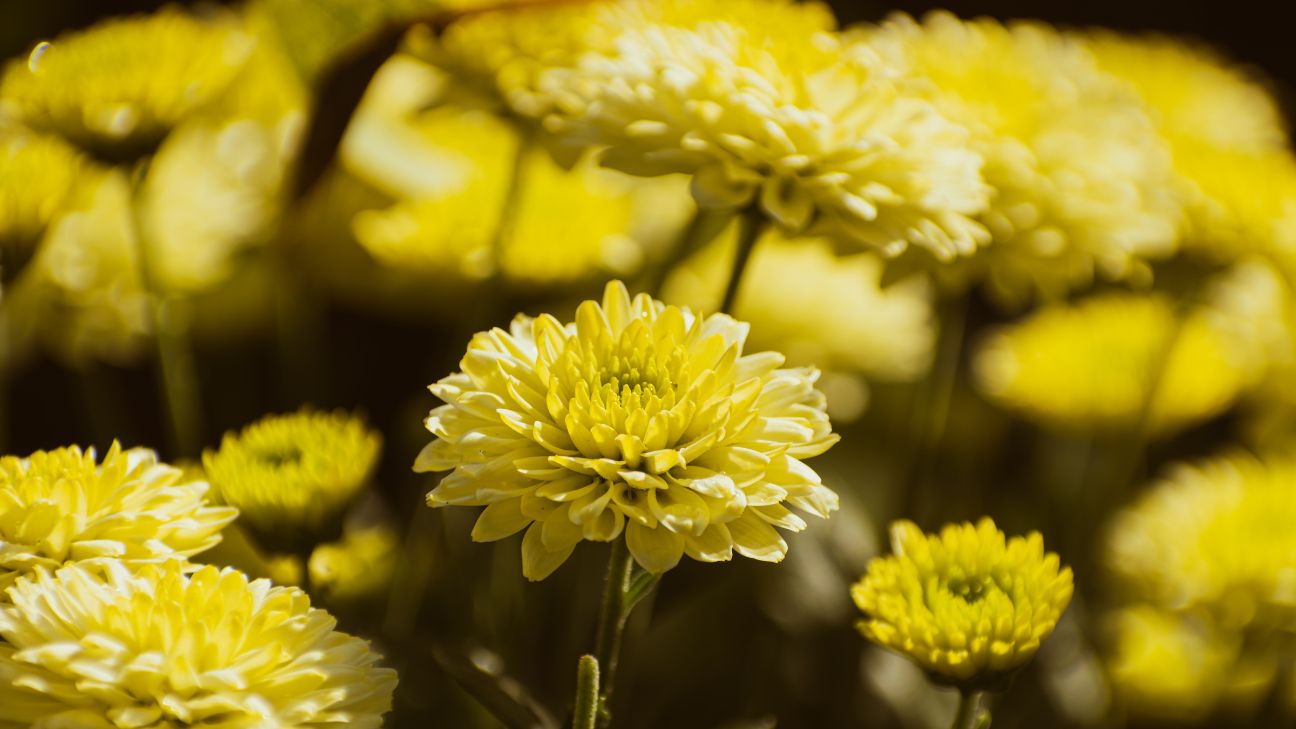
How to Care for Chrysanthemum the 8 Step Guide
Hardiness Zone: 5-9Soil Type: NeutralSun Exposure: Full to partial sunAnnual or Perennial: PerennialType: Flower History: The chrysanthemum was first cultivated in China as a flowering herb and is described in writings as early as the 15th Century B.C. In fact, their pottery depicted the chrysanthemum much as we know it today. As an herb, it…
-
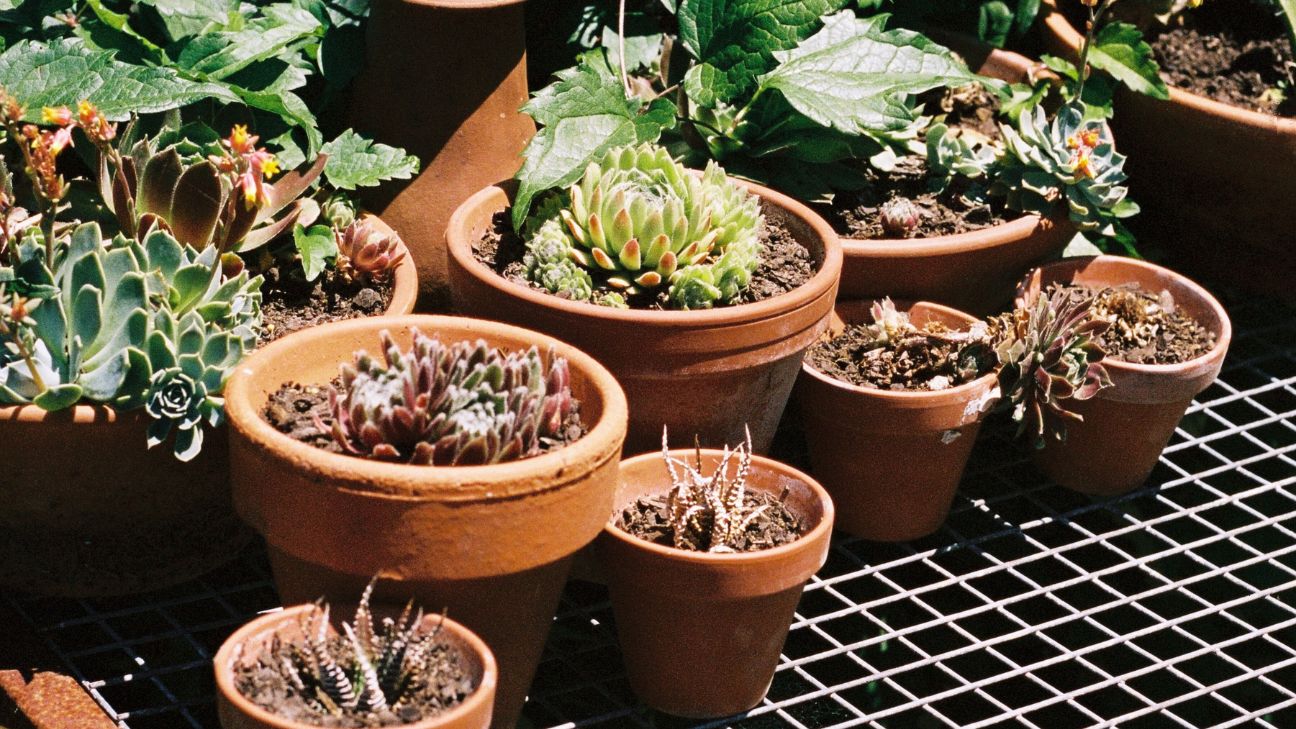
How to propagate Plants – How to take A Plant Cutting Step-by-Step
How to Propagate From Vegetable Seeds Choose Your Vegetable Look for any of your vegetables, or compost waste that has seeds. For vegetables with multiple seeds my favorite way to propagate is to use a paper egg carton, it helps when you’re ready to move seedlings to a proper placement. You could use 1 container,…
-
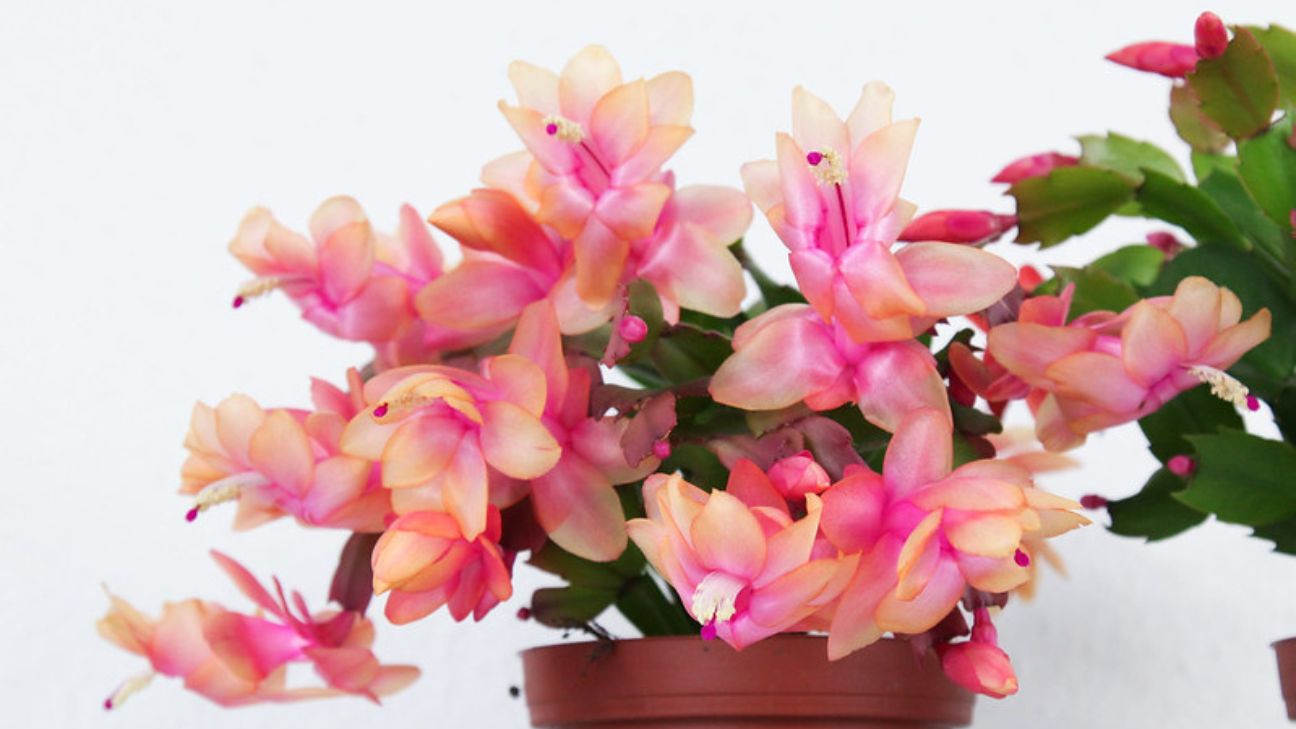
How to Care for Christmas Cactus the 10 Step Guide
Hardiness Zone: 9-11Soil Type: Moist, well draining, neutral/acidicSun Exposure: Indirect sunAnnual or Perennial: PerennialType: Cactus History: Originating from coastal mountains of south-eastern Brazil near the Atlantic Ocean, this sub-species of cactus grows in a region which is generally relatively cool, shaded and has high humidity. Historical records state that it was in cultivation in Europe…
-
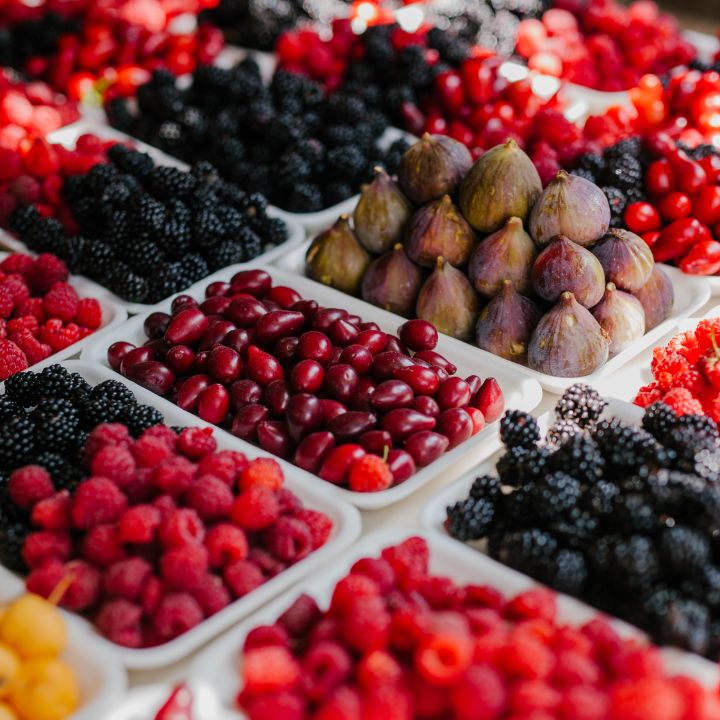
How to Know When To Harvest – 6 Harvesting Tips
-
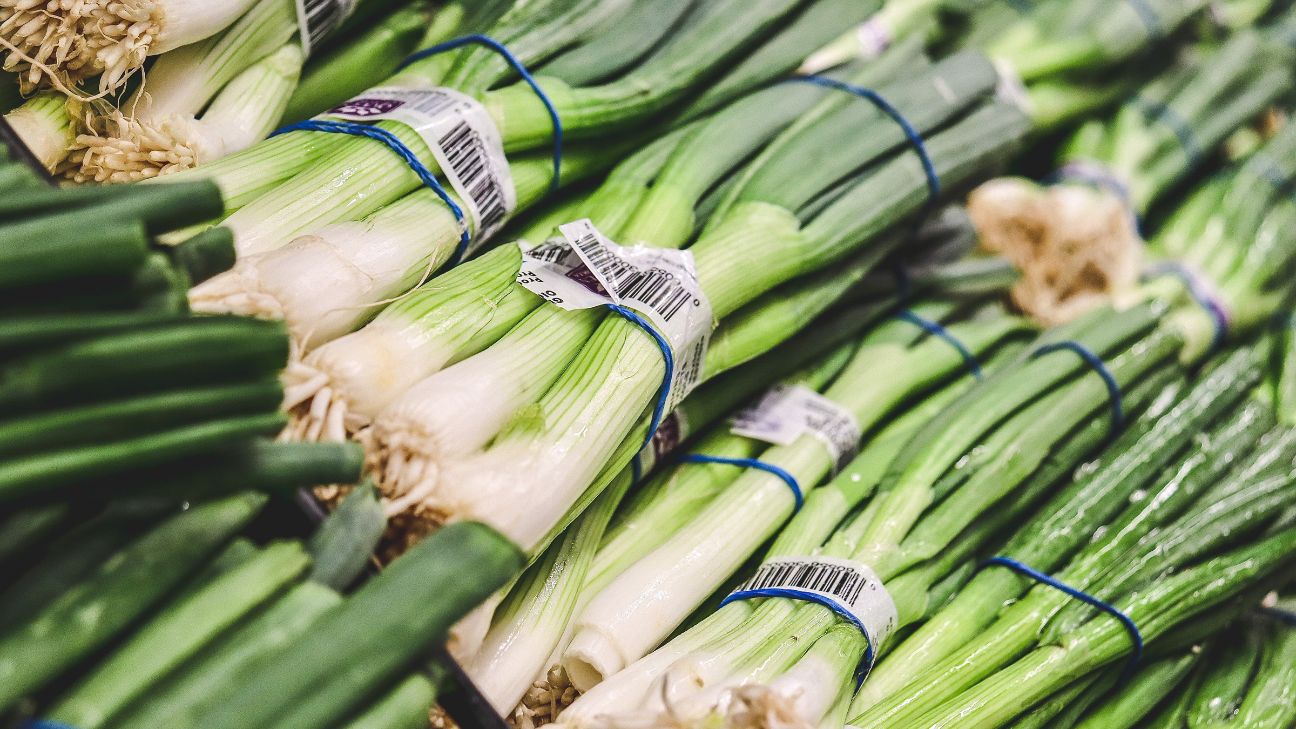
How to Care for Chives the 9 Step Guide
Hardiness Zone: 3-9Soil Type: Slightly acidic to neutralSun Exposure: Full sunAnnual or Perennial: PerennialType: Herb History: Chives have been cultivated in Europe since the Middle Ages, although signs of its usage date back to 5000 years ago, used by the Chinese. The Romans believed chives could relieve the pain from sunburn or a sore throat.…
-

How to Care for Chinese Money Plant the 9 Step Guide
Hardiness Zone: 10Soil Type: Well draining, rich, 6.0 – 7.0 pHSun Exposure: Indirect light, brightAnnual or Perennial: PerennialType: Succulent History: Chinese money plant is native to the Yunnan Province of China. As legend has it, in 1946 the Norwegian missionary Agnar Espergren brought the plant back home from China and shared cuttings among his friends.…

